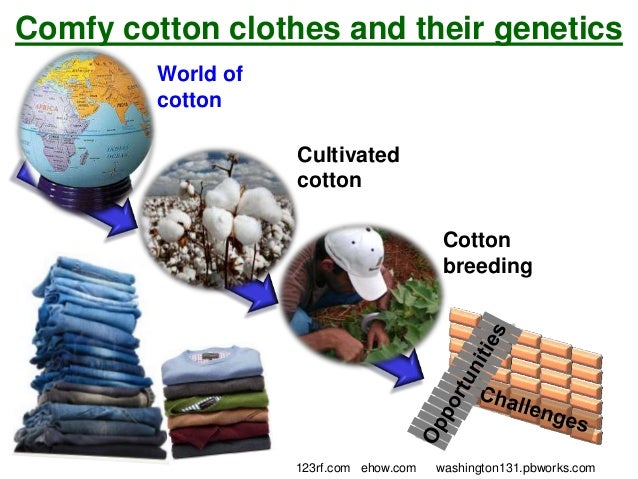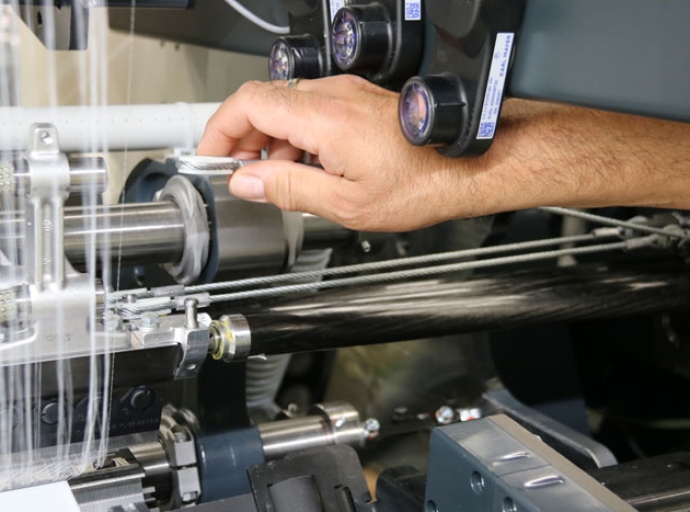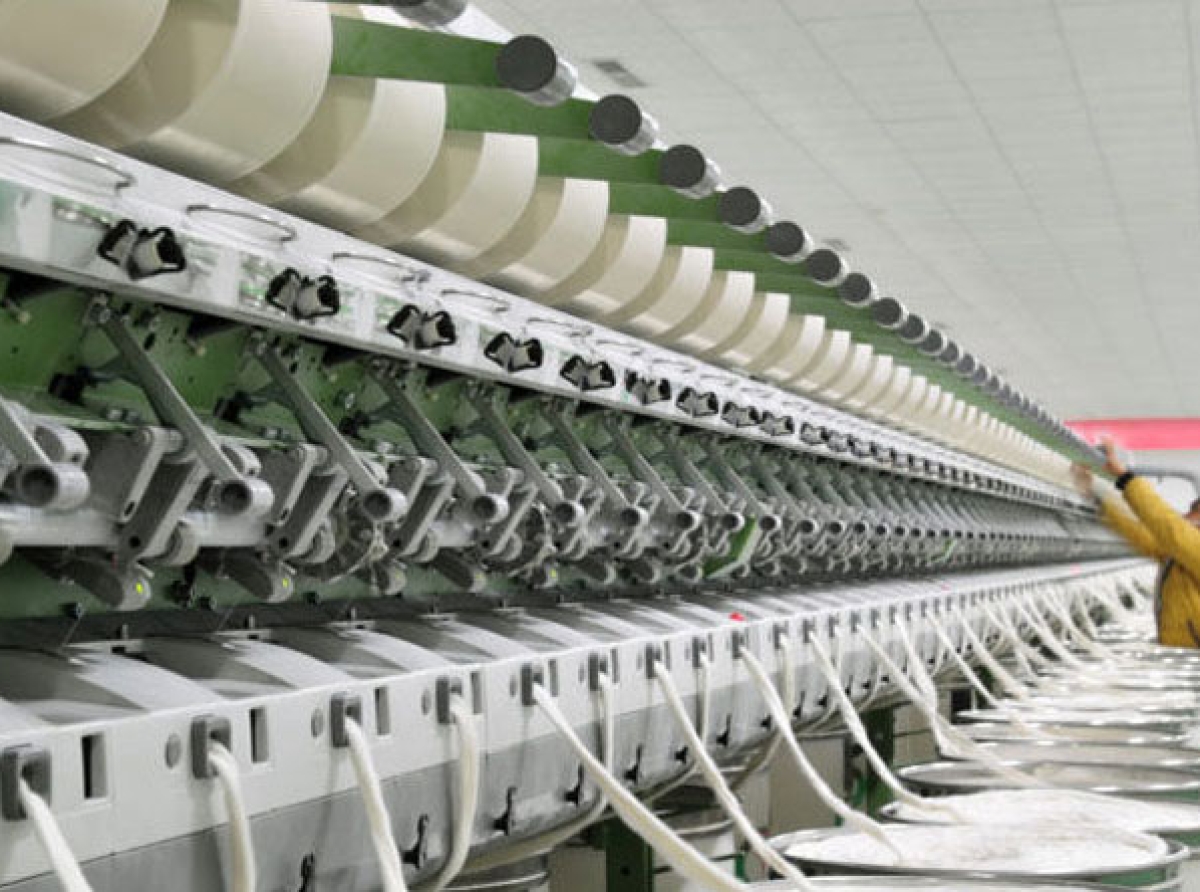08 January 2022, Mumbai:
Research Award
Dr. Vasu Kuraparthy noted scientist and professor in North Carolina State University’s Crop & Soil Sciences Department, is the 2021 Cotton Genetics Research Award, recipient.
The announcement was made today during the 2022 Beltwide Cotton Improvement Conference, which convened as part of the

National Cotton Council-coordinated 2022 Beltwide Cotton Conferences in San Antonio, Texas. Kuraparthy, who was selected by the Joint Cotton Breeding committee received a plaque and a monetary award. Joshua Udall, research leader at the USDA-ARS Crop Germplasm Research Unit in College Station, Texas, and who served as this year’s Improvement Conference chair said Dr. Kuraparthy has
1) led innovative research projects in cotton genetics including leaf shape, photoperiod sensitivity, and bacterial blight, and
2) released improved breeding material for regional producers.<p>
“Dr. Kuraparthy developed a NAM population for cotton that “will provide the genetic resources required to uncover the genetic basis of several key traits of cotton production. This population will be used for basic genetic research in cotton for the next decade and 0beyond.”
Dr. Don Jones, director of Breeding, Genetics, and Biotechnology for Cotton Incorporated, said in his nomination letter that Dr. Kuraparthy has established a first-class cotton genetics program using a combination of traditional breeding and modern genomic tools at North Carolina State.
Jones noted that Kuraparthy has “released improved cotton germplasm, broadened its narrow genetic base, and published his results at a prolific pace. He has developed numerous genomic resources used by cotton researchers for basic as well as applied cotton research.”
Kuraparthy earned his bachelor’s and master’s degrees in Agriculture and Plant Breeding from India’s ANGR Agricultural University and Punjab Agriculture University, respectively. He received his Ph.D. in Genetics from Kansas State University in Manhattan.
He was a research assistant and research associate at Kansas State before joining North Carolina State in 2008 where he served as both an assistant and associate professor in its Crop & Soil Sciences Department before becoming a department professor in 2020.
Dr. Kuraparthy has mentored numerous undergraduate/graduate students as well as visiting scientists, in advanced genetic and genomic technologies.
For the past four years, he has served as an associate editor for Crop Science, a bimonthly peer-reviewed scientific journal covering agronomy, and The Plant Genome, a triannual peer-reviewed scientific journal covering all aspects of plant genomics.
He also is a journal article reviewer for multiple scientific publications.
The annual Cotton Genetics Research Award was established in 1961 by U.S. commercial cotton breeders to recognize and encourage basic research in cotton genetics, cytogenetics, and breeding.
It is administered by the Joint Cotton Breeding Committee consisting of representatives of the NCC, the USDA, state experiment stations, CottonIncorporated, and commercial breeders.
National Cotton Council of America
(The news article has not been edited by DFU Publications staff)
Dear Reader, we at DFU Publications are committed to providing the latest news updates on trade development and insights, to keep our readers informed. Stay tuned.
Subscribe to our newsletter.
![]()

_thumbnail.jpg)

_thumbnail.jpg)









_thumbnail.jpeg)


_thumbnail.jpeg)


























